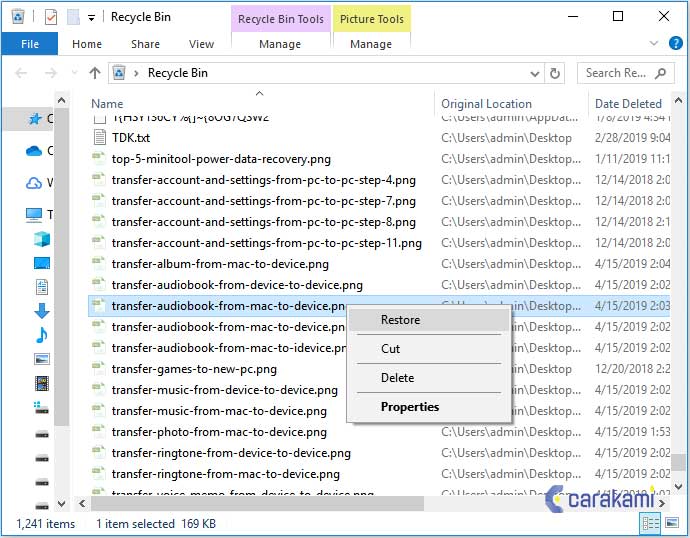Are you ever spent hours working on a document or spreadsheet only to realize that you accidentally closed it without saving? Or maybe your computer crashed before you could save the file? If so, don’t panic! There are several methods you can use to try and recover unsaved or lost files.
Method 1: Check for Autosaved Versions
Many applications, such as Microsoft Word and Excel, have an autosave feature that automatically saves your work at regular intervals. Check the recent documents or history section of the application to see if an autosaved version of your file exists.
If an autosaved version is available, open the file and save it to a new location on your computer. If you cannot find an autosaved version, try Method 2.
Method 2: Look for Temporary Files
When you are working on a file, your computer may create temporary backup copies of the document or spreadsheet. These temporary files can often be used to recover unsaved changes.
To find temporary files in Microsoft Word:
- Open a new Word document.
- Click on “File” and then “Options.”
- Select “Save” from the options on the left-hand side.
- Look for the “AutoRecover file location” field to see where your temporary files are stored. Navigate to that location to see if any files exist.
To find temporary files in Microsoft Excel:
- Open a new Excel workbook.
- Click on “File” and then “Options.”
- Select “Save” from the options on the left-hand side.
- Look for the “AutoRecover file location” field to see where your temporary files are stored. Navigate to that location to see if any files exist.
If you find a temporary file, make a copy of it and change the file extension to match the original file type (e.g. .docx for Word documents or .xlsx for Excel spreadsheets). Then try opening the file in the appropriate application. If this method does not work, try Method 3.
Method 3: Use Data Recovery Software
If neither of the above methods work, your last option is to use data recovery software. There are many free and paid options available online that can scan your computer for deleted or lost files and attempt to recover them.
Some popular data recovery software options include:
After downloading and installing the data recovery software of your choice, simply follow the on-screen instructions to scan your computer and attempt to recover the lost file. Keep in mind that data recovery is not always successful and may not be able to recover all of your unsaved changes.
FAQ
1. Can I recover unsaved changes on a Mac?
Yes, the process for recovering unsaved changes on a Mac is similar to that of a PC. Many applications, such as Microsoft Word and Excel, have an autosave feature that automatically saves your work at regular intervals. Check the recent documents or history section of the application to see if an autosaved version of your file exists. If not, you can try looking for temporary files or using data recovery software.
2. How can I prevent losing unsaved changes in the future?
The best way to prevent losing unsaved changes is to save your work frequently. Make it a habit to save your file every few minutes or after making significant changes. You can also utilize autosave features in many applications to ensure that your work is constantly being saved. Additionally, consider backing up your files to an external hard drive or cloud storage service in case of unexpected computer problems.
Video Tutorial: How to Recover Unsaved or Lost Files


